“Anyway, like I was sayin’, shrimp is the fruit of the sea. You can barbecue it, boil it, broil it, bake it, sauté it,” the ode to shrimp delivered by Private Benjamin Buford “Bubba” Blue from the movie Forrest Gump is one of the most memorable lines from the film and rings true to seafood lovers to this day.
As Bubba rhymes off a long list of delicious shrimp dishes, the line serves as a lighthearted reminder that shrimp was, and is, one of the most popular and versatile protein sources in the world. Demand for shrimp has been rapidly rising for the past 30 years. In fact, according to the World Wildlife Fund (WWF), stretches of tropical coastlines in many developing countries saw a nine-fold increase in shrimp farming from 1982 to 1995, and have continued to expand since then.
The trouble is, the industry is rife with issues. Although the product may be one of the cheapest types of seafood you can buy at the grocery store, disturbing reports have indicated the huge cost that this practice has on both the ecosystem and human rights.
Today, Indonesia, India, and Thailand are the world’s major shrimp aquaculture producers, but farmers in these countries are also responsible for the devastation of ecosystems. This includes the destruction of critical habitats like mangroves in order to create open-air shrimp ponds that are connected to the ocean.
A lack of traceability and accountability for how this seafood is produced internationally has also led to the shocking exploitation of workers. A number of investigations have uncovered harrowing conditions of shrimp farm workers abroad, from slavery to child labor.
In March 2019, an investigation in Canada also found that grocery stores in the country were selling imported shrimp containing antibiotic-resistant bacteria. The bacteria found, including E. coli and staphylococcus aureus, are resistant to traditional antibiotics.
Although there have been attempts to address these issues with the production of shrimp domestically in enclosed facilities, these farms have been hindered by the occurrence of bacterial and viral diseases and the build-up of ammonia and nitrate.
New technology could aid in making safe and sustainable shrimp production a reality. Texas-based NaturalShrimp says it has developed a system to produce fresh, gourmet-grade shrimp reliably and economically in an enclosed recirculating saltwater system.
“We have developed a safe way to grow shrimp that solves the concern with antibiotics-and other drug resistant bacteria. We believe our system will create a disruptive revolution in the growing and harvesting of the world’s most popular seafood,” said Bill G. Williams, Chairman and CEO of NaturalShrimp.
NaturalShrimp, working with F&T Water Solutions, spent 18 years developing a unique electrocoagulation system, now patented as the Vibrio Suppression Technology. The company says this technology eliminates water-borne bacteria and other harmful organisms and keeps ammonia at safe concentration levels, eliminating one of the most difficult problems in shrimp aquaculture.
In order to combat these international farmers who have little regard for the ecosystem, workers or the consumer, this technology offers a viable option for domestic operators to produce eco-friendly and sustainable shrimp in high-density environments.


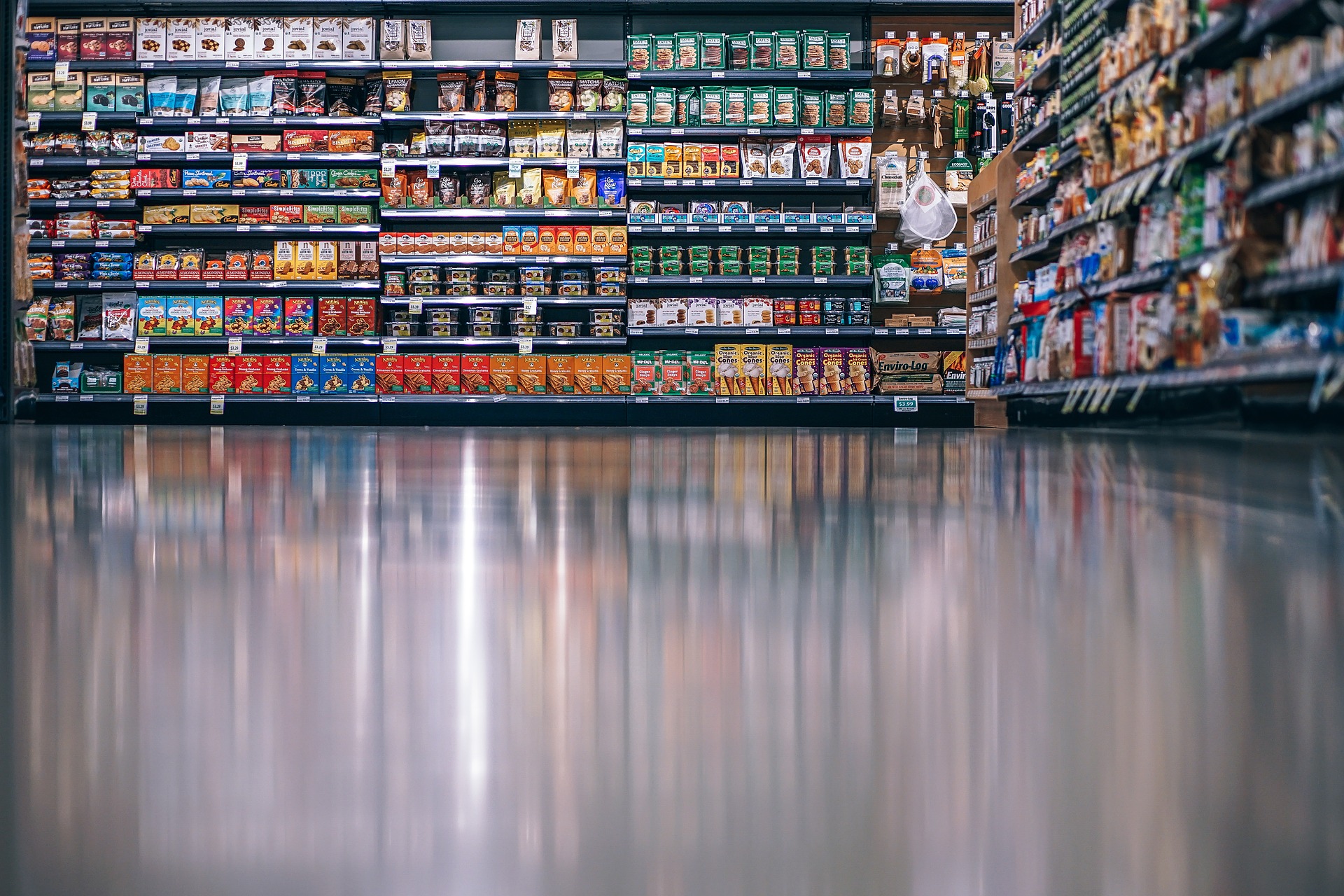
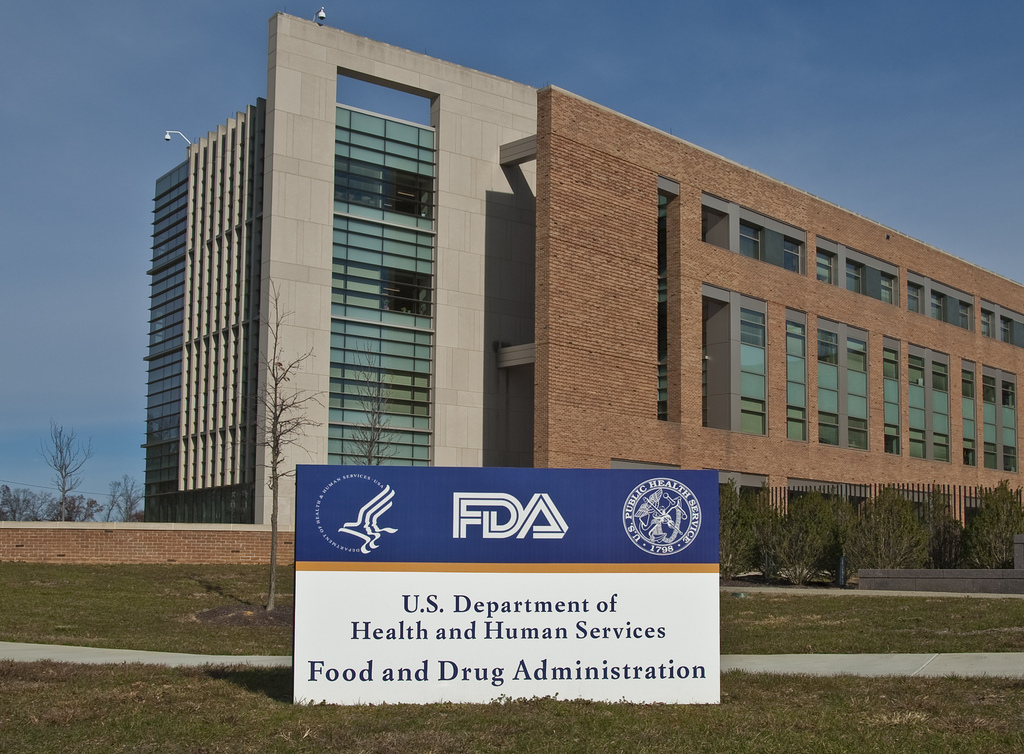
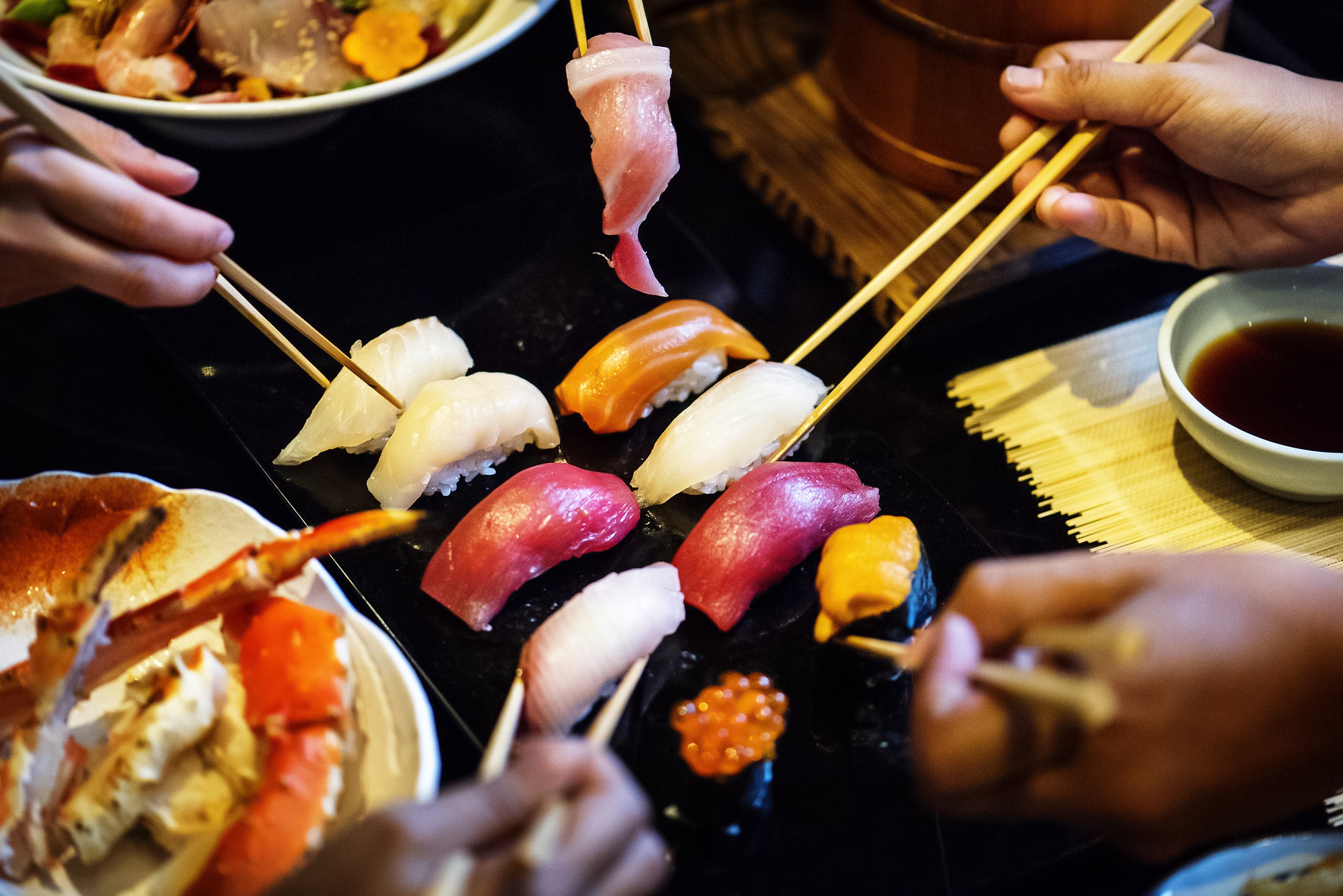
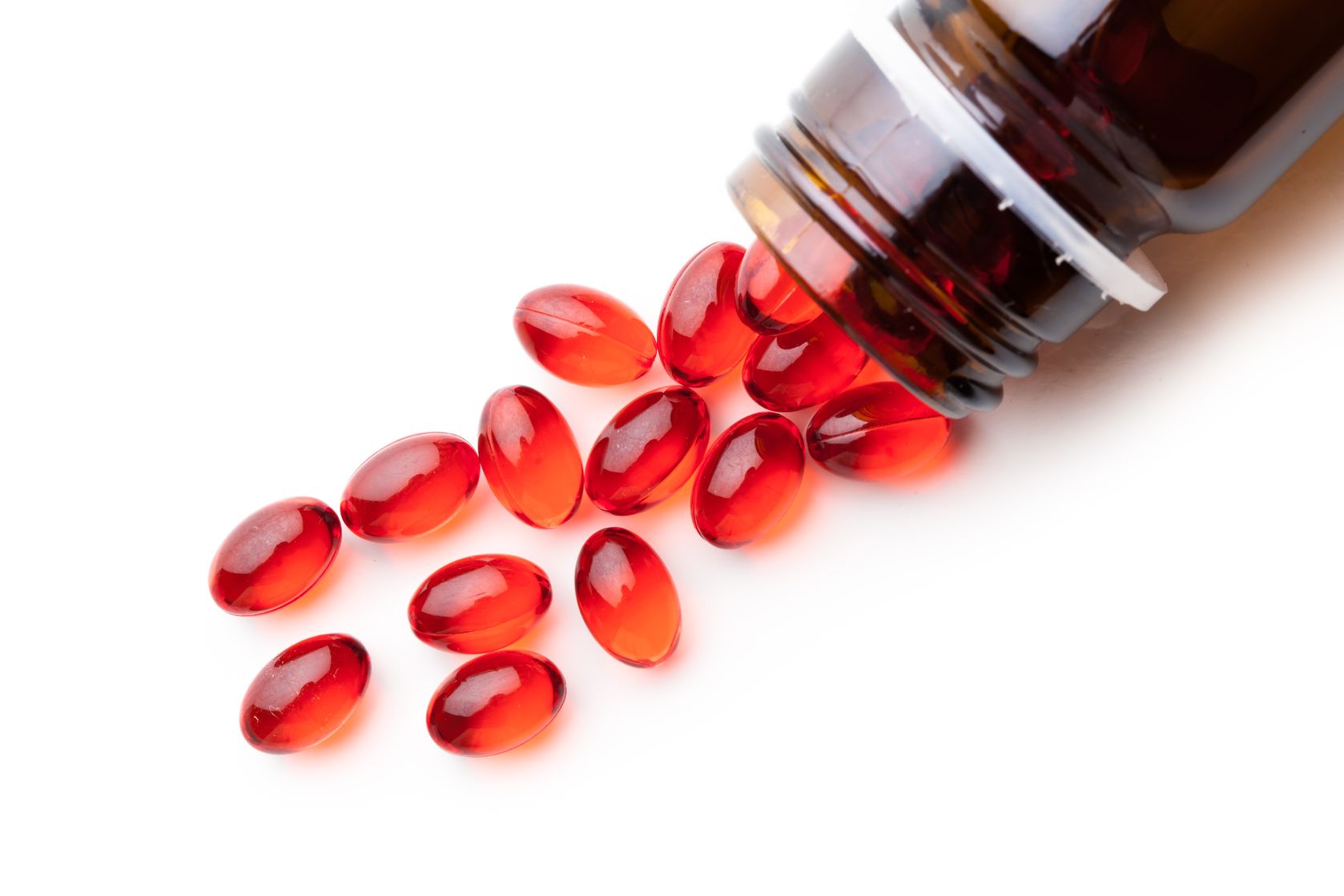
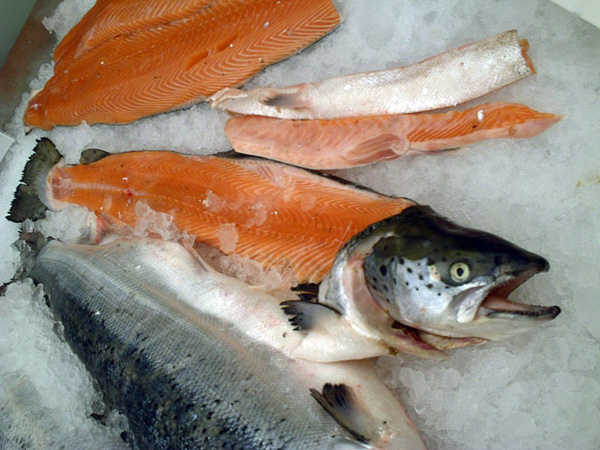





Join or login to leave a comment
JOIN LOGIN